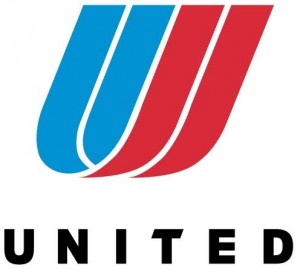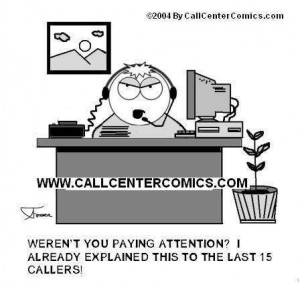Toyota Motor Corporation is Japanese globally automaker headquartered in, Japan. Toyota Motor Corporation has about 325,905 employees working worldwide and was third-largest automobile manufacture in 2011 by production behind General Motors and Volkswagen Group. Toyota Motor Corporation is in top eleventh largest company in the world by revenue. The world’s largest vehicle manufactures, Toyota Car Company was having issues with recall. This issue is going around all over the world as well as in USA, Europe and China. This issue makes the consumer loss their confidence and as well as corporate image dropped. Toyota Motor Corporation their recall was nearly one million vehicles around the world, on top to replace damaged parts that could cause drivers to lose control of the steering wheel. There were total of 10 models affected, including the popular Prius. Prius recall more than 200,000. Due to defective gas pedals Toyota lost a lot of customers. But, to be in market and not to lose customer they are still in game.
Toyota Motor Corporation blamed that the floor mats was the problem, then it came to the gas pedal was the actual cause. But, when car owners they don’t know personally what was causing the gas pedal to accelerate and stick, without releasing. Not only Toyota had recall problems, but cars like Honda and Nissan recall over 3 million vehicles globally due to air bag problems. Not only these two cars had recall problems with their airbag, Toyota recall 1.3 million cars due to this airbag problem. Toyota FJ Cruiser recall affects seat belt retractors on 209,000 vehicles. Still, the numbers are getting bigger and bigger.
To chase the maximum profit and cost minimization, suppliers pay more attention on how to reduce cost. By using raw materials quality Toyota Motor Corporation was over confidence with their suppliers, that they changed their design without taking permission. Toyota Motor Corporation their biggest suppliers changed the pedal design that leading to the pedal problem.
Toyota Motor Corporation lack of an effective quality control cause them recall happening. They did not do enough test of their design before they produced. Their biggest mistake was they did not use quality check after the production they did not even do better quality check. This is a big embarrassment for the world’s largest automobile manufacture, that lack of negligence and having over confidence could cause them big problem in future.
Now the big question is that, let’s see that tomorrow morning you sit in your car to drive to work or anywhere and you are driving, down the road and suddenly you notice that your car breaks are not working fine. What would be your reaction? Are you still going to keep buying the same car brand you were buying before? What do you think that Toyota Motor Corporation should do to keep their name back in world’s largest automobile manufacture?
Sources:
- http://www.caranddriver.com/news/toyota-recall-scandal-media-circus-and-stupid-drivers-editorial
- http://money.cnn.com/2013/06/05/news/toyota-recall/index.html
- http://en.wikipedia.org/wiki/Toyota
- http://www.nydailynews.com/news/money/toyota-recalls-2-17-million-cars-jammed-accelerator-pedals-article-1.135025
- http://crownheights.info/general/25720/toyota-recalls-sienna-minivans/
- http://topics.nytimes.com/top/
news/business/companies/ toyota_motor_corporation/ index.html


 As we know, United Airlines reputation had plummeted after previous unfortunate events. This has had a huge impact on their quality as a company. They have been forced into the dead last position and now they are tryingdifferent approaches to fly their way to the top. The initiatives that United is implementing include sharpening performance, enhancing passengers experience and making service more responsive. The stigma of their reputation has haunted them throughout the years, but let’s see if the initiatives are taking off, or if the Airline Quality Ratings ranking is accurate.
As we know, United Airlines reputation had plummeted after previous unfortunate events. This has had a huge impact on their quality as a company. They have been forced into the dead last position and now they are tryingdifferent approaches to fly their way to the top. The initiatives that United is implementing include sharpening performance, enhancing passengers experience and making service more responsive. The stigma of their reputation has haunted them throughout the years, but let’s see if the initiatives are taking off, or if the Airline Quality Ratings ranking is accurate.
